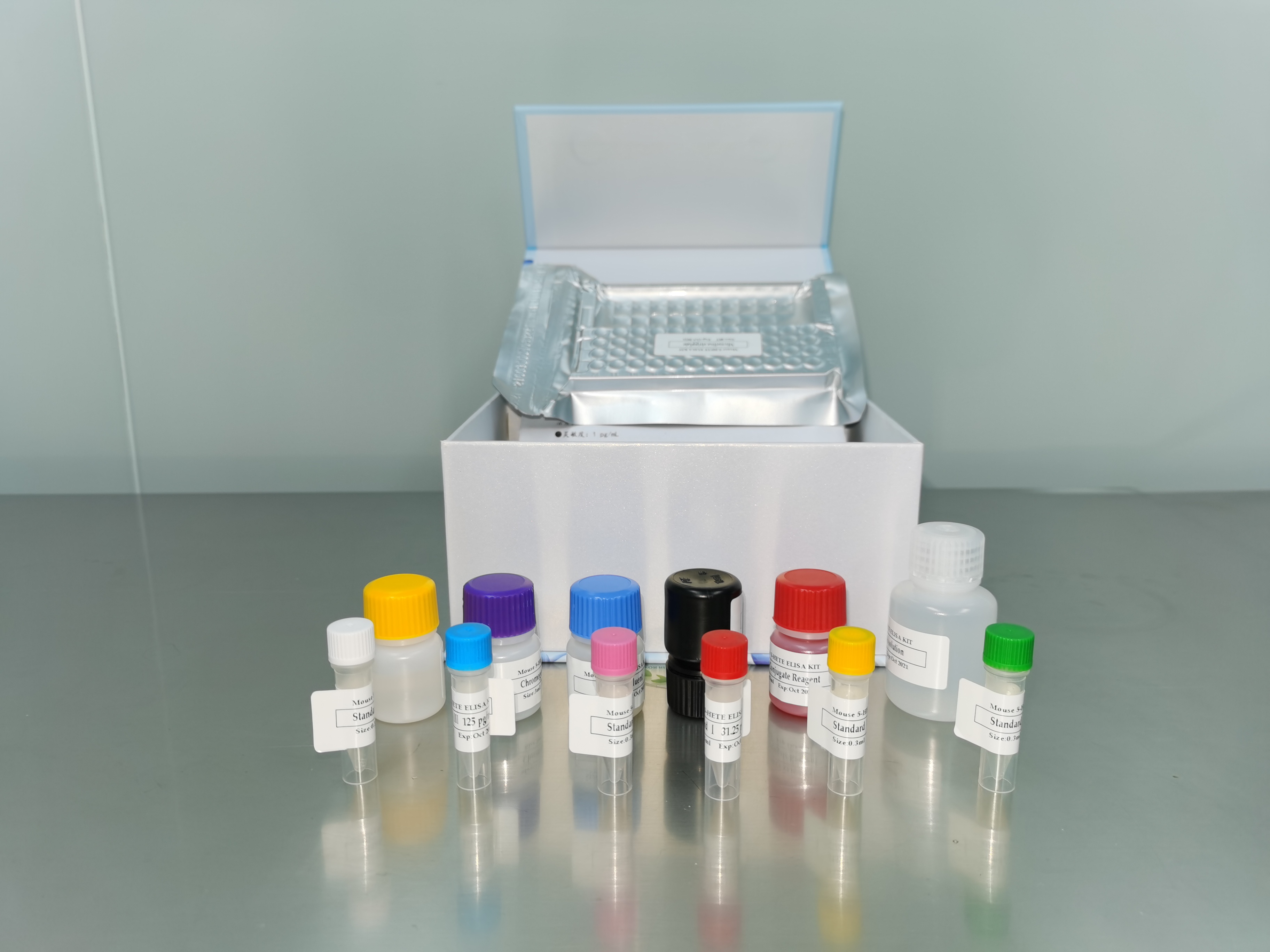| 产品名称: | Perkinsus marinus (Mackin et al.) Levine |
|---|---|
| 商品货号: | TS132906 |
| Strain Designations: | HCedar13 FL-10 |
| Biosafety Level: | 2
Biosafety classification is based on U.S. Public Health Service Guidelines, it is the responsibility of the customer to ensure that their facilities comply with biosafety regulations for their own country. |
| Isolation: | eastern oyster, Crassostrea virginica, Cedar Keys, FL, 1998 |
| Product Format: | frozen |
| Type Strain: | no |
| Medium: | ATCC® Medium 1886: Perkinsus broth medium |
| Growth Conditions: | Temperature: 25.0°C Duration: axenic Protocol: ATCCNO: 50439 SPEC: When the frozen ampule arrives, place it directly into a 35C-water bath and transfer its thawed contents to 14 ml of fresh medium in a T-75 tissue culture flask. Maintain by removing 13 ml of cell suspension weekly and replacing with an equal volume of fresh medium. Alternately, aseptically transfer 1.0 ml of a growing culture to 13 ml of fresh medium in a T-75 tissue culture flask. Please note: This strain has wide tolerances to most environmental variables, i.e., temperature range: 15-35C, salinity range: 10-60 parts per thousand; pH range: 6.0-8.5. The distribution of the species worldwide is not known. In order to avert the introduction of this pathogen into non-endemic areas, all culture wastes must be treated as biohazardous and autoclaved prior to disposal. There are no known mechanisms for eradication of this pathogen from the environment. |
| Subcultivation: | Protocol: ATCCNO: 50439 SPEC: When the frozen ampule arrives, place it directly into a 35C-water bath and transfer its thawed contents to 14 ml of fresh medium in a T-75 tissue culture flask. Maintain by removing 13 ml of cell suspension weekly and replacing with an equal volume of fresh medium. Alternately, aseptically transfer 1.0 ml of a growing culture to 13 ml of fresh medium in a T-75 tissue culture flask. Please note: This strain has wide tolerances to most environmental variables, i.e., temperature range: 15-35C, salinity range: 10-60 parts per thousand; pH range: 6.0-8.5. The distribution of the species worldwide is not known. In order to avert the introduction of this pathogen into non-endemic areas, all culture wastes must be treated as biohazardous and autoclaved prior to disposal. There are no known mechanisms for eradication of this pathogen from the environment. |
| Cryopreservation: | 1.xa0xa0 Harvest cells from several cultures which are in logarithmic to late stationary phase of growth.xa0 Vigorously agitate to suspend the cells. 2.xa0xa0 Aseptically transfer the cell suspension to 15 ml plastic centrifuge tubes. 3.xa0xa0 Centrifuge at 200 x g for 5 min. 4.xa0xa0 While cells are centrifuging, prepare a 20% solution of DMSO in ATCC Medium 1886. 5.xa0xa0 Remove the supernatant and pool the cell pellets into a final volume of 4.5 ml. 6.xa0xa0 Combine the cell suspension with an equal volume of 20% DMSO cryoprotectant solution (prepared in step 4) to yield a final concentration of 10% DMSO. 7.xa0xa0 Dispense in 0.5 ml aliquots to 1.0-2.0 ml Nunc vials (special plastic vials for cryopreservation). 8.xa0xa0 Place the vials in a controlled rate freezing unit.xa0 From room temperature cool at -1°C/min to -40°C.xa0 At -40°C, plunge ampules into liquid nitrogen. 9.xa0xa0 Store ampules in a liquid nitrogen refrigerator until needed. 10.xa0xa0xa0xa0xa0xa0xa0xa0xa0 To establish a culture from the frozen state, place a frozen ampule in a 35°C water bath just enough to cover the frozen material.xa0 Allow the ampule to thaw completely (2-3 min). 11.xa0xa0xa0xa0xa0xa0xa0xa0xa0 Immediately after thawing, aseptically remove the contents and transfer to a T-25 tissue culture flask containing 10 ml of fresh ATCC medium 1886. 12.Screw the cap on tightly and incubate at 25°C.xa0 Observe the culture daily.xa0 Transfer the culture when many trophozoites are observed.xa0xa0xa0xa0xa0xa0xa0xa0xa0 |
| Name of Depositor: | D Bushek |
| Year of Origin: | 1998 |


